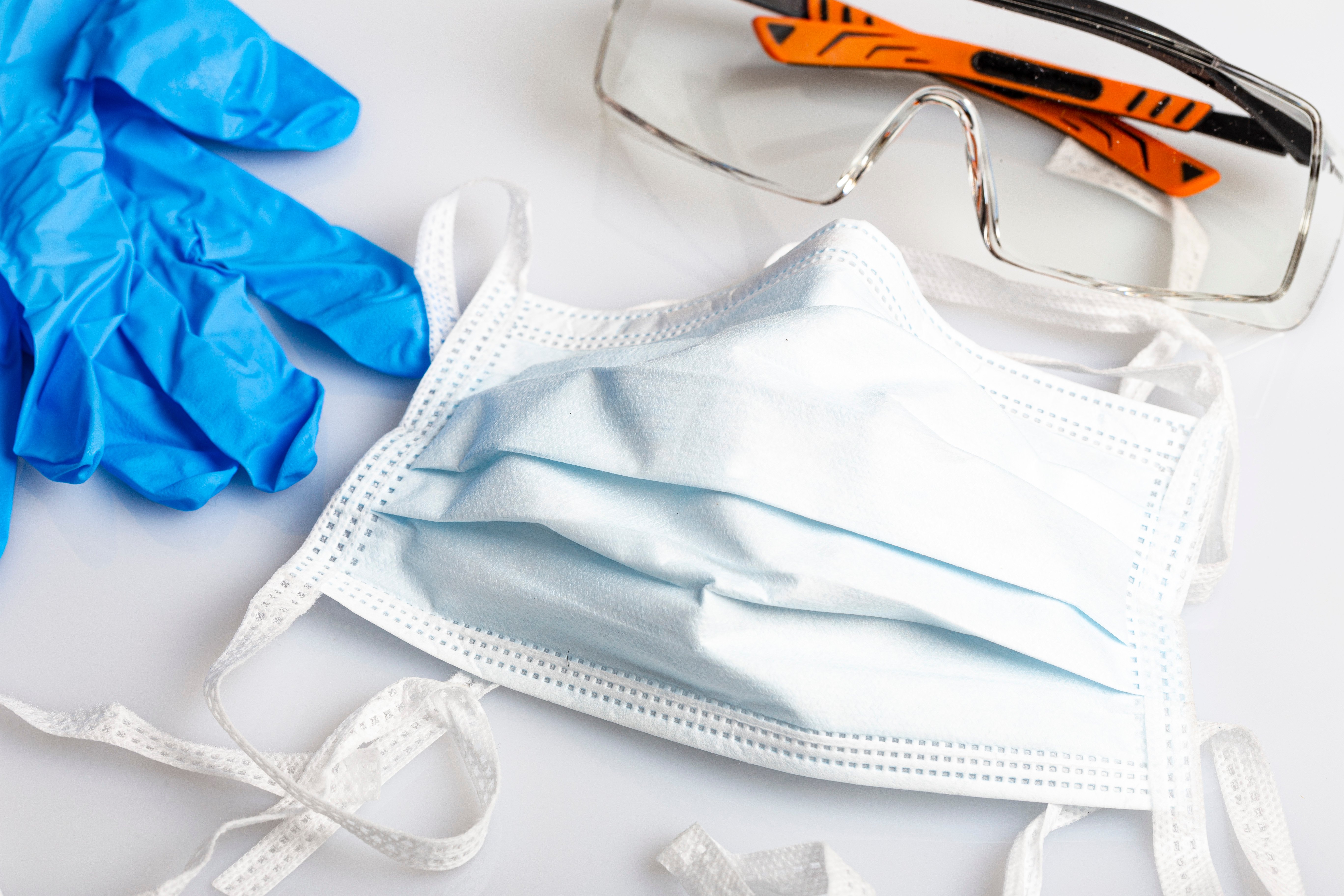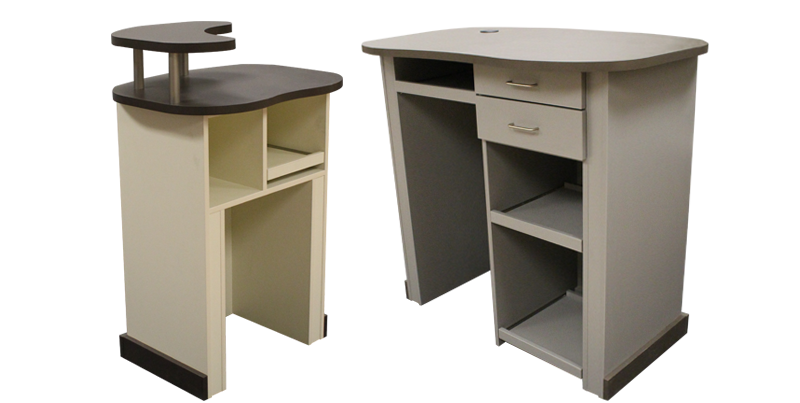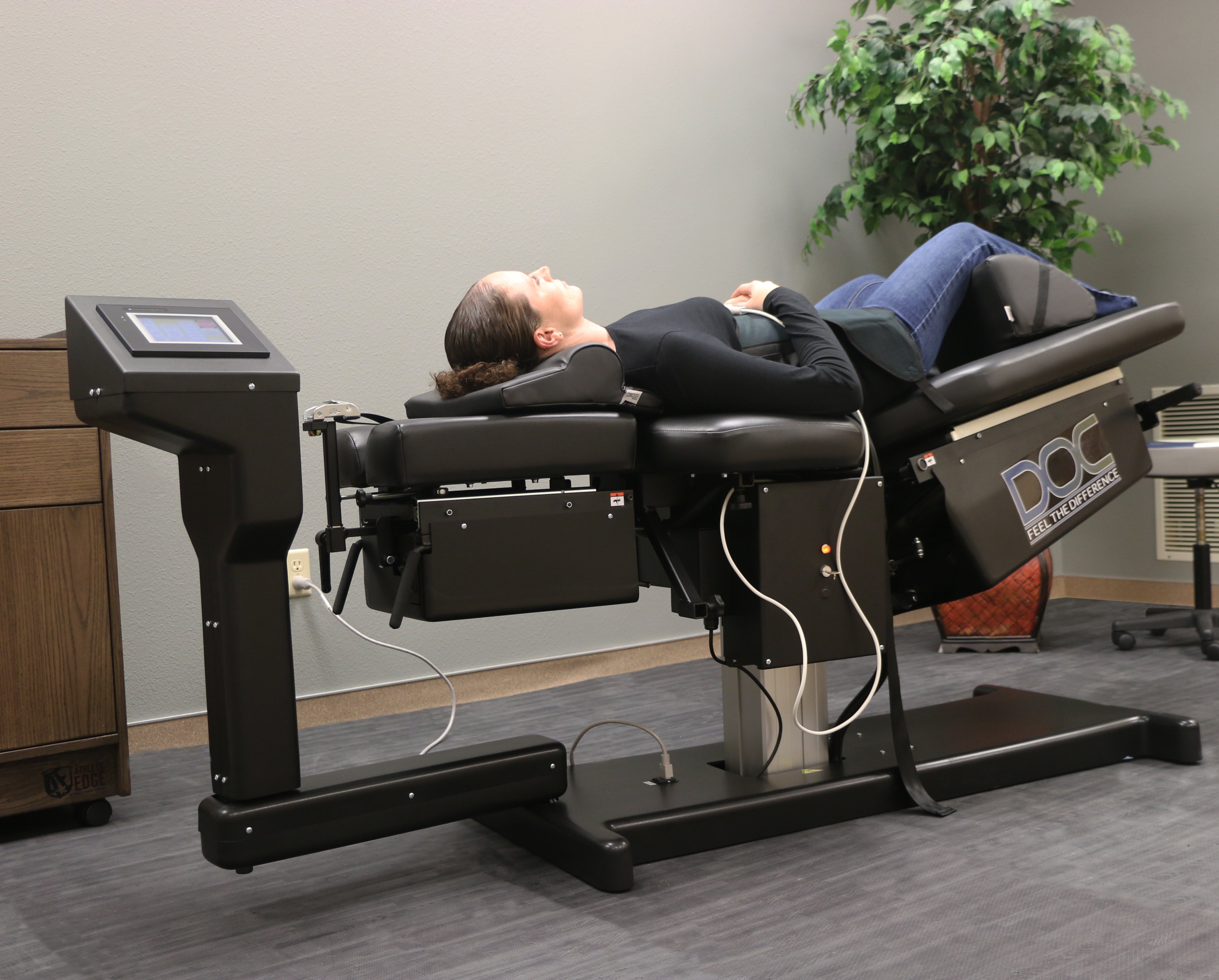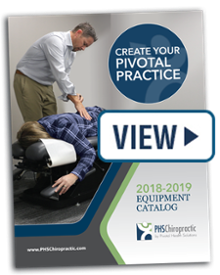The importance of infection prevention and control has never been more critical when it comes to protecting you, your staff and your patients. How will chiropractors and the health care industry evolve and reform, and how can practitioners provide the best services for patients while maintaining a safe environment?

Image via Shutterstock |
It All Begins With Skin
Intact skin keeps pathogens outside the body until a break occurs, or until we touch a mucous membrane such as our eyes, nose, or mouth. This is why avoiding touching our faces and frequent and proper handwashing is an important first step in infection control. Handwashing removes pathogens before they can cause infection, so the importance of proper handwashing cannot be emphasized enough. Proper handwashing should be the first and last step in your process.
Handwashing How-To
- Wet your hands
- Use an antibacterial soap and lather the front and back of the hands and scrub between fingers and under your fingernails
- Scrub for at least 20 seconds with warm water
- Rinse
- Dry hands with clean paper towels
- Moisturize
CDC Insights on Infection Control
The Center for Disease Control and Prevention has published guidelines for cleaning and disinfecting public spaces including your workplace, school, home, and business that will require you to: develop a plan, implement your plan, maintain and revise your plan.
Create the Plan
Evaluate your workplace, school, home or business to determine what kinds of surfaces and materials make up that area. Most surfaces and objects will require a normal cleaning routine. Frequently touched surfaces and objects like light switches and doorknobs will need to be cleaned and then disinfected to further reduce the risk of germs.
Implement the Plan
- Clean visibly dirty surfaces with soap and water first
- Use the appropriate cleaning or disinfectant products
- Always follow the directions on the product label
Clean or launder soft and porous materials like seating, furniture, area rugs and carpets, and make sure to always wear gloves appropriate for the cleaning supplies and chemicals being used for cleaning and disinfecting. EPA approved disinfectants, when applied according the manufacturer’s instructions, are effective for use against COVID-19. Take precautions such as wearing gloves or a mask and ensure proper ventilation.
Maintain and Revise the Plan
Take steps to reduce your risk of exposure to the virus that causes COVID-19 during daily activities. Update your plan based on updated guidance from the CDC and your own current circumstances.
- Continue routine cleaning and disinfecting
- Maintain safe behavioral practices
- Review practices that reduce the potential for exposure
Clean and disinfect frequently touched surfaces daily and more frequently based on the amount of usage. Continue to practice safe behavioral changes such as social distancing, frequently wash hands or use an alcohol-based hand sanitizer, avoid touching your eyes, nose and mouth, and stay home when sick. Another way to reduce the risk of exposure is to make long-term changes to practices and procedures such as leaving doors open to reduce multiple touches, opening windows, or removing objects such as pens and magazines in common areas.
For effectiveness and enforcement, employers must train employees in all aspects of the plan, so everyone is on the same page. Track and document this training just like any other training, and don’t forget to include steps to keep everyone safe including doctors, staff and patients.
Personal Protective Equipment Training
Employers should select appropriate PPE and provide it to health care personnel in accordance with OSHA PPE standards (29 CFR 1910 Subpart I) external icon. Health care personnel must receive training on and demonstrate an understanding of:
- when to use PPE
- what PPE is necessary
- how to properly don, use, and doff PPE in a manner to prevent self-contamination
- how to properly dispose of or disinfect and maintain PPE
- the limitations of PPE

Image via Shutterstock |
Best practices for work site safety include providing a written hazard communication program that informs employees about chemicals used at work, and safety data sheets for each chemical used or stored. Do not allow employees or contractors to bring their own chemicals to your worksite and this applies to PPE as well. Employees should not be allowed to furnish their own PPE unless it has been approved by the employer first.
Required Employee Training
Employers are required to provide training on the Infection Control Plan and also on any chemical or hazards they may be exposed to while working. Training is required upon hiring, whenever duties change, whenever there is a change in chemicals, procedures, or PPE, or any time any employee violates the infection control plan.
Cleaning Recommendations
Here is a guideline for cleaning in all areas of your business. Let’s take a tour area by area, and learn what the “new normal” will look like…
All Workplace Areas
At the end of each shift or workday, the following cleaning procedures are recommended:
- Disinfect all surfaces paying special attention to high traffic or frequently touched areas
- Mop floors with an EPA-approved disinfectant solution
- Vacuum carpets and rugs and use HEPA filters if possible.
- Ventilate all areas. Open windows or a door or ventilate with A/C and a HEPA filter.
Reception/Retail Space
The reception area will set the tone for your patient’s visit. A clean looking facility may no longer be enough to inspire confidence and comfort for patients. Regular and scheduled cleaning and disinfecting is a must. Here are some strategies:
- Remove clutter and items that would commonly be handled such as magazines or pens.
- Provide and encourage the use of hand sanitizer and/or disinfecting wipes
- Place chairs at least six feet apart
- Mark appropriate social distancing positions on the floor
- Provide instructions on proper handwashing, and post it clearly
- Do not vacuum with others present

Image via PHS Chiropractic |
Disinfectant wipes provide quick and convenient disinfection of point of sale (POS) equipment, counters and high traffic areas, and hand sanitizer should be readily available for staff and client use. Observing these best practices will show your clients your commitment to health and safety the moment they arrive.
Restrooms
Extra vigilance will be needed in high traffic areas such as restrooms. Post clear instructions for proper handwashing near all sinks and perform a deep cleaning daily. Mop and wipe down all surfaces at the end of each shift or at the end of the business day and ventilate overnight.
Appointment Rooms
Once your patient enters the appointment room, cleanliness should be evident based on these proactive steps:
- Declutter the area
- Provide and encourage the use of hand sanitizer and handwashing techniques
- Encourage the use of facial masks by practitioner and patient throughout the appointment
- Refresh the paper protection on the treatment table
- Mop and vacuum floors nightly
- Ventilate thoroughly
- Ensure that all linens are properly laundered prior to use and replace between each client. Schedule enough time between clients to clean and disinfect high traffic areas, and replace or disinfect paper protection, treatment tables, and thoroughly wipe down each headpiece and face cushion. Be certain to use an Environmental Protection Agency (EPA)-approved disinfectant that will not damage your chiropractic tables.

Image via PHS Chiropractic |
Patients
For patient and doctor safety, perform a health screening before each session. Include the following questions:
- Have you been instructed to self-isolate or quarantine by a doctor or public health official?
- Have you had any cold/flu-like symptoms in the last 14 days?
- Have you had any close contact with someone diagnosed with a communicable disease?
- Have you recently been tested for a communicable disease?
- Do you have a body temperate over 100 degrees?
Practitioners
For the safety of both doctors and patients, practitioners can take the following steps to prevent infection:
- Keep your fingernails short and neatly filed
- Don’t touch your face
- Utilize no-touch trash receptacles
- Wear an apron or gown or keep multiple pairs of clothing on hand to change between clients
- Take employee temperatures at the beginning of the shift and once more in the afternoon
- Self-isolate when necessary or exposed and get tested if needed
What Happens If You Suspect Exposure?
If you suspect that you have been exposed to COVID-19 or another illness take the following steps:
- Immediately self-isolate
- Contact your local Department of Health to determine the need for testing
- Document your exposure thoroughly
- If tested with a positive result, contact all patients within 14 days of the exposure and notify them
- Disinfect all tools, tables, and rooms used by exposed persons
Helpful Resources
For more information, please contact these recommended agencies and websites for the most current and accurate information:
Occupational Safety and Health Administration – www.osha.gov
Centers for Disease Control and Prevention – www.cdc.gov
National Institute for Occupational Safety and Health – www.cdc.gov/niosh
References
https://www.cdc.gov/coronavirus/2019-ncov/community/reopen-guidance.html
https://www.cdc.gov/coronavirus/2019-ncov/hcp/infection-control-recommendations.html
https://www.osha.gov/Publications/OSHA3990.pdf
https://www.cdc.gov/coronavirus/2019-ncov/prevent-getting-sick/index.html
https://www.epa.gov/pesticide-registration/list-n-disinfectants-use-against-sars-cov-2-covid-19
https://www.cdc.gov/coronavirus/2019-ncov/community/organizations/cleaning-disinfection.html
https://www.cdc.gov/coronavirus/2019-ncov/community/disinfecting-building-facility.html


